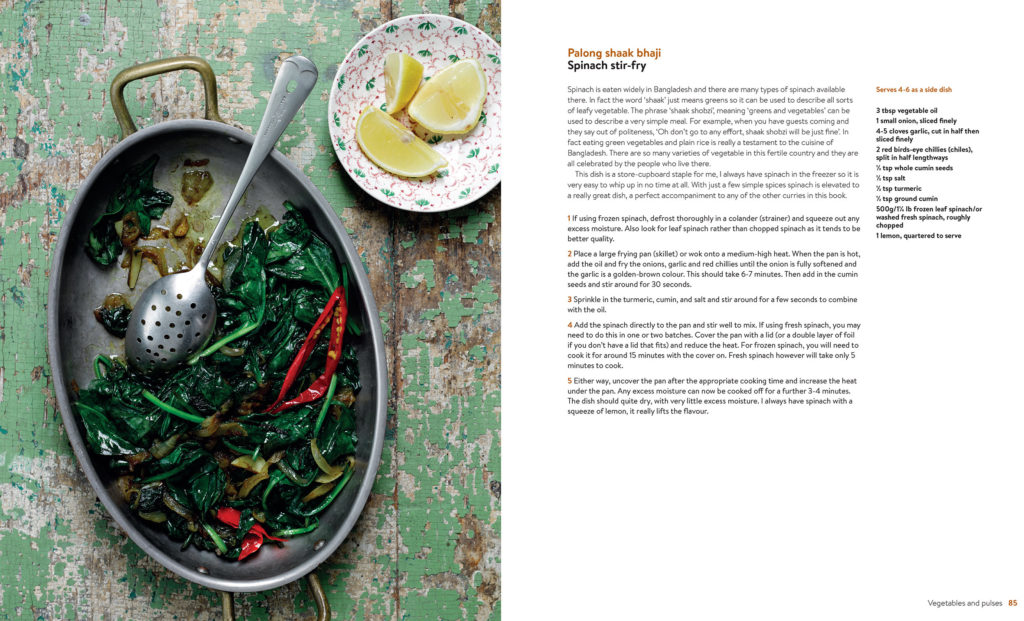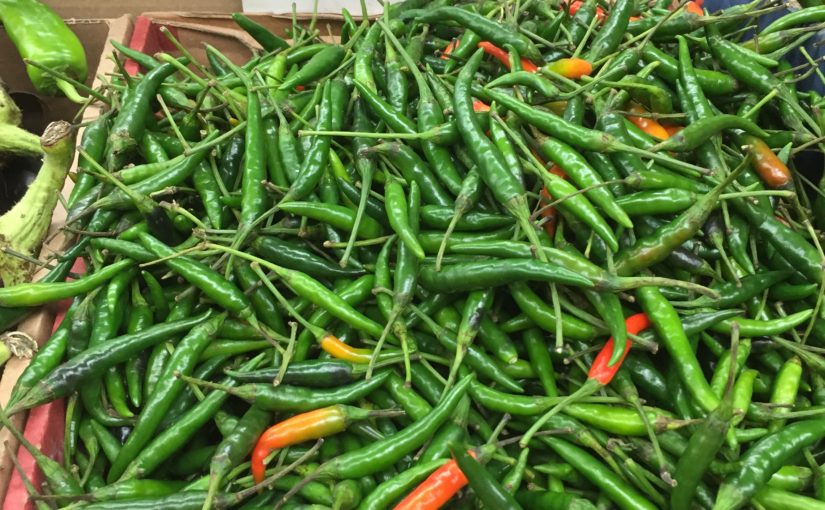My Bangladesh Kitchen – a new cookbook from Saira Hamilton

Bangladesh is a land of contrasts, from busy cities to the verdant and fertile countryside, with fish ponds, lakes and rivers at every turn. The cuisine reflects the abundance of vegetables and fish, and has a distinctive taste defined in particular by tamarind, the ubiquitous mustard oil, and the spice blend called panch poran. In this book Saira has brought together her much-loved recipes, with 100 everyday classics, regional specialities, street snacks, and impressive celebration food too. It is packed with background detail and anecdote, vibrant photographs of every dish, and an informative introduction describing the ingredients and cooking techniques of Bangladesh.






“Bangladesh is a country everyone has heard of, but few people know. On one hand, you have the high-energy bustle of the city, enveloped by the dusty, smoggy air, diesel fumes and heady street-food smells. At the other end of the scale you have the beauty of the countryside, with its reddish heavy-clay soil, lush greenery, and the abundance of water in ponds, lakes and rivers. The Bangladeshi connection to the land is still incredibly strong. There are many years and many memories held within these recipes from across the range of Bangladeshi cuisine. These dishes will introduce you to some of the ingredients and cooking techniques which make Bangladeshi cuisine what it is, and I hope that they will become as familiar and dear to you as they are to me.”
Saira Hamilton, 2019





Saira Hamilton is a chef, cookery demonstrator and food writer, specialising in her Bengali-inspired food. Saira reached the finals of MasterChef 2013, and during the competition won high praise for her delicious dishes and deft spicing. Saira’s family settled in the UK but always maintained a close relationship with the country, and spent many holidays in Bangladesh. Saira’s love of cooking was inspired by her mother Nadira, and the passion she kindled in her for the food and culture of their motherland.
Please contact Joanna on jlorenz@anness.com for more information, reviews and features.
£20.00 / $35.00
288 pages, 255 x 208 mm, hardback
ISBN: 9780754834502








 It’s a great campaign that I have supported in the past and this year I am helping them with a new angle to the campaign which encourages home cooks to host a dinner party at home. This is called ‘Host at Home’ and what with my ambition to get everyone cooking authentic Indian food and curries from scratch, at home, it was a no-brainer for me to offer my services to help them.
It’s a great campaign that I have supported in the past and this year I am helping them with a new angle to the campaign which encourages home cooks to host a dinner party at home. This is called ‘Host at Home’ and what with my ambition to get everyone cooking authentic Indian food and curries from scratch, at home, it was a no-brainer for me to offer my services to help them.


